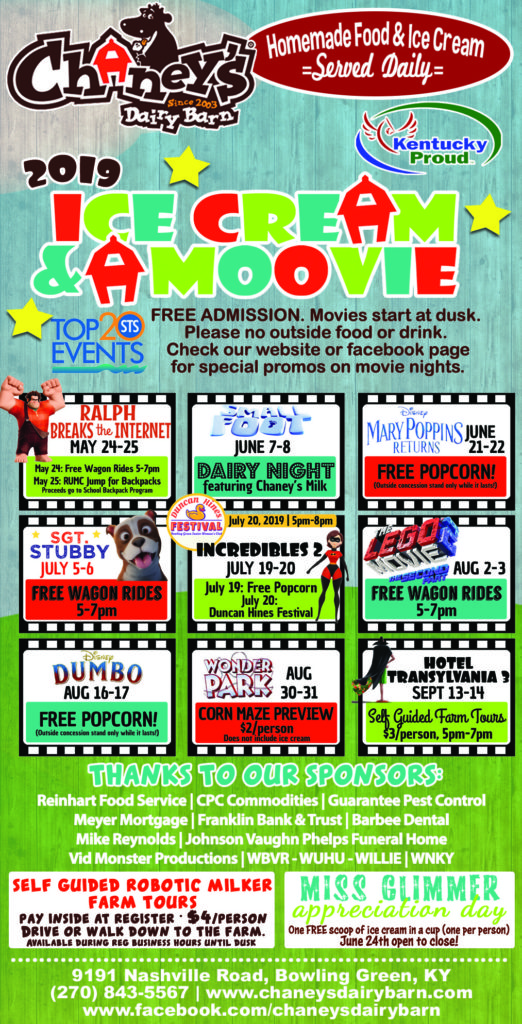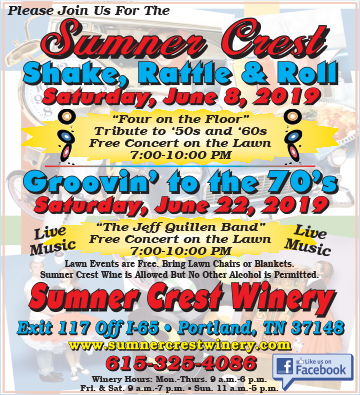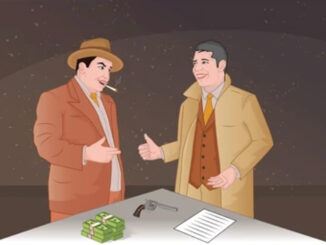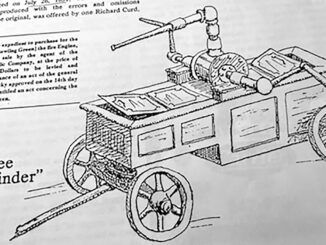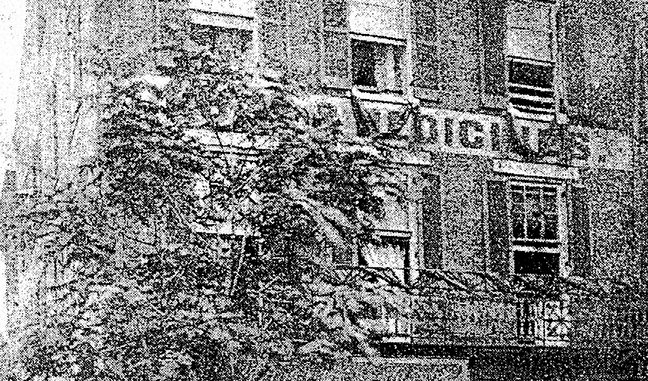
Often in our lives it is the simplest things that provide a lasting warmth to us – observing the graceful flutter of a moth’s wings, lying on our backs viewing the stars and contemplating the massive universe, or pulling the “love me, love me not” petals off a flower. We travel to wonderful places sometimes and acquire an abundance of items, but as useful as these are, there is that moment in our lives when we relate to the blessings of our soul and identify with the basics of life.
This experience was typical of the early settlers to this area. Their possessions were mainly limited to essentials, and yet this closeness to nature made them more aware of their senses and the blessings of their surroundings. This was especially true with their use of indigenous plants found in this new setting. It is true, the settlers brought seeds and rootstock with them when they ventured into new territory, but there was so much more to discover here. It took time to differentiate between food plants and healing plants, but soon the latter became mainstays in their homes. They coveted the lavender for its smell and washing help, the wild ginger used as a spice to cure their indigestion, and the witch hazel for relief from skin irritations.
The coltsfoot herb made a tea that chased their coughs. It was so popular and useful that the apothecaries, when founded, used the herb’s picture on their doors to advertise their work. Oil of wintergreen was especially valued, and a quick look at labels in a store today will show it is still treasured.
Yarrow was especially treasured since it’s a styptic and helps stop bleeding of wounds as well as nosebleeds. The discovery of sassafras (second only to gold) provided a tea better than any tonic. If you have never tasted this tea but have tasted root beer, then you will recognize the taste of sassafras. Another useful plant for the colonists was the dandelion. Surprising, this is not native to America. It was transported in within their seed bags. The boiled roots provided a coffee like drink, and the greens were used as salad or boiled for a restorative.

Wild quinine, jewel weed, mint family herbs, chamomile, golden rod, thyme….the list goes on and on for the valuable plants existing in our environment. If we were to examine the contents of the first (and present) doctor’s bags, we would find many of the same selections used by the colonists along with cinnamon, peppermint, calomel and paragoric. These were the medicines used during the early history of our area and surprisingly many are still used today.
It was not until the mid 1800s that mortar and pestle professionals became a routine fixture in public life of the people. The first school of pharmacy did not exist until 1821, and it wasn’t until 1932 that four years of schooling were required for the profession. Originally, the midwives, barbers, and local business persons served as aides to improve the health of the community. Slowly, the pulverization, infusion, boiling, filtering and spreading of additions to herbs began to structure the use of medications and remedies became known fixtures. It is true that a drug store as can be envisioned was established in Bagdad in 750 A.D., and hospitals in the early 13 colonies had pharmacy departments by the turn of the 19th century. In the western settlements, the appearance of such was later in history, and as a result Bowling Green was finally served by a host of drug stores.
January 1842, A. Starr and J. I. Younglove opened the first drug store in our town on the corner of State and Main in the famous Quidley Building. Following Mr. Starr’s death, Mr. Younglove’s younger brother joined the business, and Bowling Green’s first drug store continued as a drug store in that location for over a hundred years. It was bought in 1903 by H. W. Sublett. In 1905 Phil Valenti was the registered pharmacist, and in 1914 Moss & Son operated the facility. Oscar Fletcher bought the business and called it Fletcher’s Drugs #2 and finally in 1966, James Henry Holland managed the Williams Drug Store in this 900 State Street location.
Albert Ray Douglas, a Bowling Green native, a World War II veteran, and a graduate of the Louisville College of Pharmacy, was a highly respected member of the profession. Following his service in the Navy as a pharmacist’s mate, he served locally as a pharmacist at the Keune’s Drug Store, later at C.D.S. #2, for 13 years, at the Plaza Pharmacy and Western Gateway pharmacy before retiring. In the fall of 2006, Mr. Douglas began extensive research on the history of drug stores of Bowling Green. His writing has been a major contribution to this phase of our city’s history. His details of stores and their owners is accompanied with copies of the famous Sanborn Fire Maps of Bowling Green with notations on the maps denoting the location of the early stores. His listing of all his resources documenting his paper is impressive, but his labels imposed on the maps makes his collection of information easy to absorb. It can be found in the Kentucky Museum and in the fall issue of the Longhunter, produced by the Southern Kentucky Genealogical Society.
Mr. Douglas covers the 426 E. Main Street store opened by John Helm Mallory around 1867, a store that continued until it was purchased by David Rabold in 1918. The Cook Building drug store at 433 E. l0th Street run by Dr. Giles Townsend, the Potter Opera House store at the corner of 901 College Street in 1876, and the two Park Row stores with the three Main Street businesses – all these are designated on the maps. The references to Bowling Green’s most famous drug enterprises, the C.D.S. Stores, make for interesting reading. Carpenter, Dent, and Sublett bought out various businesses and developed C.D.S. #1 through C.D.S. #10 throughout the city. The Callis Drug Store founded by Jim Callis in 1912 may bring memories to some citizens of his 936 State Street establishment which existed until 1947.
Farnsworth & Stout Drug Store, corner of Main and Adams streets, was founded in 1894 and contained the largest and most complete stock of drugs and medicines. The store delivered drugs throughout the city without a charge.
The Taylor Drug Store at Main and Center streets, famous for making Compound Vitelli, a product sold throughout our country as a famous tonic, the 446 E. Main Street operation run by Max and Benson Leichhardt from 1931 till the l950s, and the later establishment by Fred Keune at Main and Adams which ran from 1911 till l950 are just a few of the town’s drug stores which will hold memories for many residents. Mid-20th century memories of some people will be centered around two well known spots – Person’s Drug Store at the corner of Main and College and C.D.S. #7 located on the corner of the By-Pass and Broadway. These two concerns were the center of attention for many patrons living today.
Even if I attempted it, I could not do justice to the wealth of information contained in Mr. Douglas’s excellent report. The use of medicines and their counterparts are such an intricate part of our lives, it is worthy of our time to take a moment to herald the number of establishments that have served our needs through the years even with this brief review. We are so blessed in Bowling Green with the quality of life our city has provided us for years.
– by Mary Alice Oliver
About the Author: Mary Alice Oliver is a Bowling Green native who is a 1950 graduate of Bowling Green High School. She retired from Warren County Schools after 40 years in education. Visiting familiar sites, researching historical records and sharing memories with friends are her passions.

